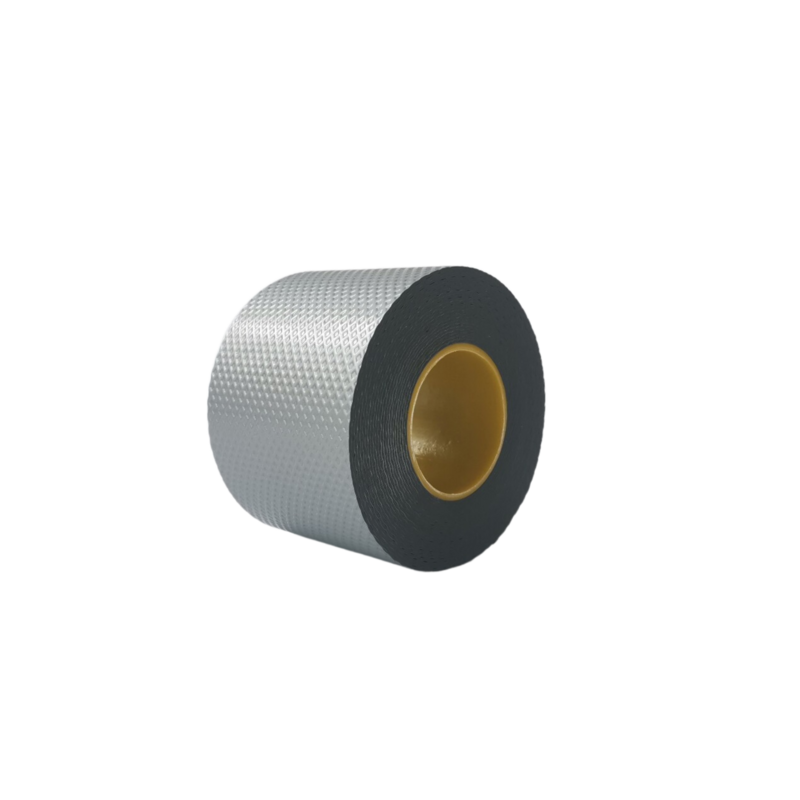The Importance of Fire Resistant Tape for Fireplaces
Fireplaces are not only a source of warmth and comfort in our homes but also come with inherent risks associated with fire hazards. This highlights the need for safety measures to prevent accidents and ensure the safety of your home and family. One practical solution that has gained widespread attention is the use of fire resistant tape. This article explores the importance of fire resistant tape for fireplaces, its benefits, and how to properly use it.
Understanding Fire Resistant Tape
Fire resistant tape, also known as fireproof or flame retardant tape, is designed to withstand high temperatures and prevent flames from spreading. Typically made from materials such as fiberglass, silicone, or specialized polymers, this type of tape is engineered to resist heat and fire effectively. It offers an added layer of protection for areas surrounding fireplaces, chimney connections, and other heat-exposed areas.
Why Use Fire Resistant Tape?
1. Prevention of Fire Hazards The primary reason to use fire resistant tape is to mitigate the risk of fire. Unsealed gaps around a fireplace can pose significant hazards, allowing heat and flames to escape. Applying fire resistant tape to these openings can help prevent the ignition of nearby combustible materials.
2. Heat Resistance Fire resistant tape can withstand extreme temperatures without degrading or losing its adhesive properties. This makes it ideal for use in fireplace applications, where prolonged exposure to heat is common.
3. Durability Unlike regular tape, which can degrade over time and lose its adhesion, fire resistant tape is built to last. It can endure the rigors of temperature fluctuations and environmental exposure, ensuring long-term protection.
4. Easy Installation Applying fire resistant tape is a straightforward process that requires minimal tools. Many homeowners can install it themselves, making it a cost-effective solution for enhancing fireplace safety.
5. Cost-Effective The use of fire resistant tape is a low-cost measure that can significantly enhance safety. It can prevent costly damage that might occur from a fire, thus saving both money and property.
Where to Apply Fire Resistant Tape
fire resistant tape for fireplace

Fire resistant tape can be used in various locations around your fireplace, including
- Around the Chimney Ensuring that the connection between the chimney and the roof or walls is secure can prevent heat transfer and potential fires in those areas.
- On Flue Pipes Ensuring that all connections on flue pipes are well-sealed with fire resistant tape can minimize the risk of exhaust leaks that could ignite nearby materials.
- Around Hearths The edges of the hearth—that is, the area surrounding the fireplace—can be sealed with fire resistant tape to protect adjacent walls and floors.
- In High-Risk Areas All areas that experience direct heat exposure should be inspected for potential gaps and treated with fire resistant tape.
Maintaining Your Fire Resistant Tape
To ensure that the tape continues to provide effective protection, regular inspections are important. Look for signs of wear and tear, such as peeling, discoloration, or loss of adhesion. If any issues are detected, the damaged tape should be replaced promptly to maintain safety.
Additionally, always keep the manufacturer’s guidelines in mind. Some types of fire resistant tape may have specific temperature ratings and usage instructions, so adhering to these recommendations is crucial for optimal performance.
Conclusion
In summary, the use of fire resistant tape around fireplaces is a valuable safety measure that every homeowner should consider. Its ability to withstand high temperatures, prevent fire hazards, and enhance the overall safety of a fireplace installation cannot be overstated. By understanding where and how to apply fire resistant tape, homeowners can enjoy the warmth and ambiance of a fireplace while ensuring safety for themselves and their families. Investing in fire resistant tape is not just a precaution; it’s a smart choice for any fire-conscious household.
-
XIANGFAN Rubber Tape-Ultimate Solutions for All Your Insulation NeedsNewsJun.24,2025
-
XIANGFAN Rubber Tape-Protection for Industrial and Residential ApplicationsNewsJun.24,2025
-
XIANGFAN Rubber Tape: Superior Safety and Sealing for Demanding EnvironmentsNewsJun.24,2025
-
XIANGFAN Rubber Tape: Reliable Solutions for Every Electrical ChallengeNewsJun.24,2025
-
XIANGFAN Electrical & Industrial Tape: Powering Reliability Across IndustriesNewsJun.24,2025
-
XIANGFAN Electrical & Industrial Tape: Excellence in Every ApplicationNewsJun.24,2025
